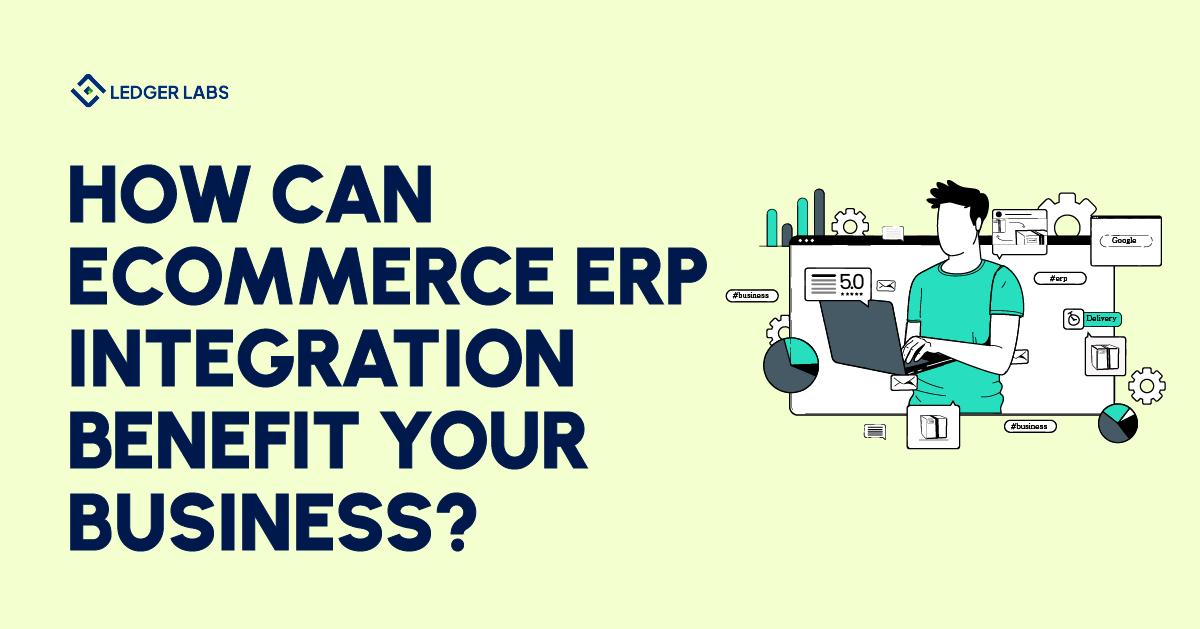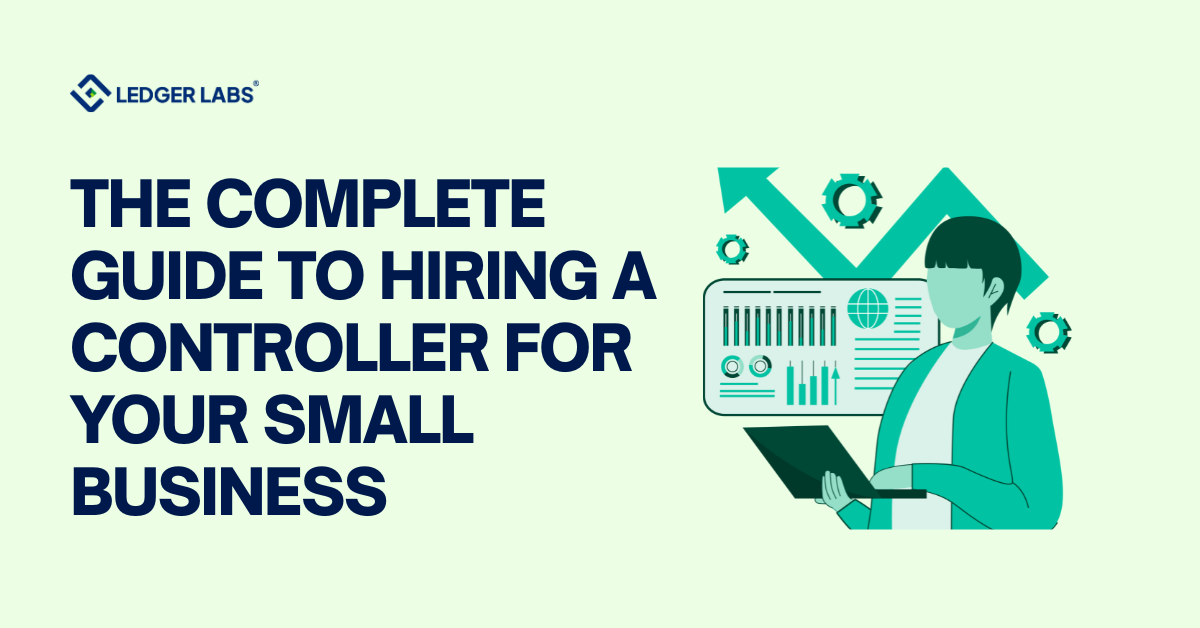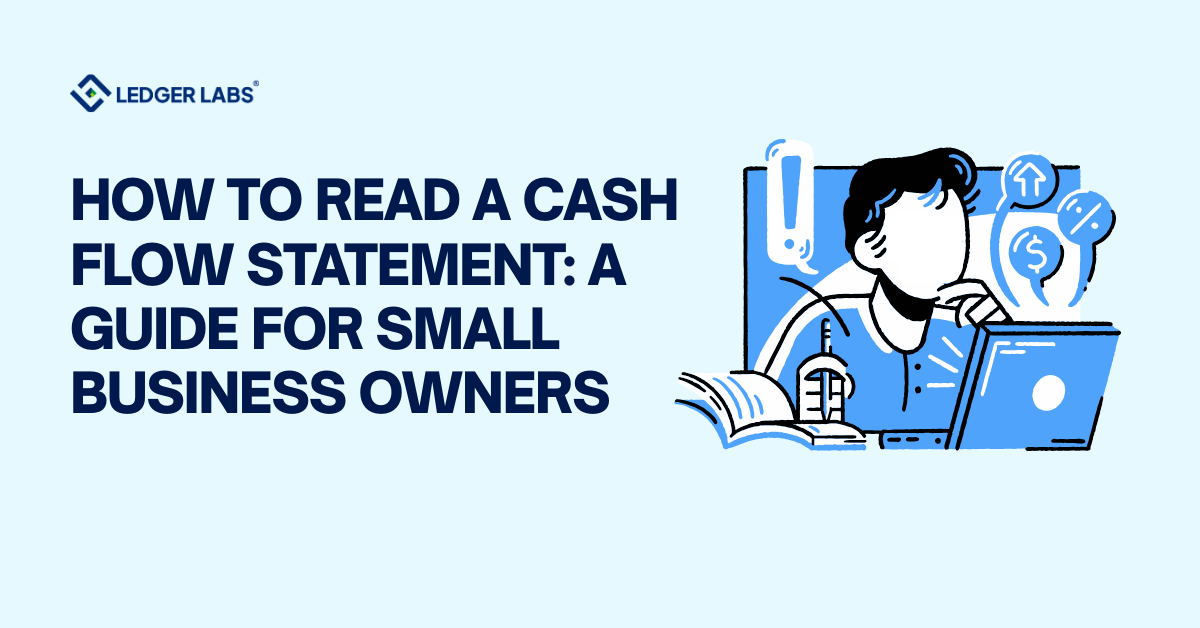The e-commerce businesses have boomed rapidly during and after Covid-19. In fact, a steady 8% growth in retail e-commerce has been witnessed from 2019 to 2025. This paradigm shift has highlighted the need for a fast and systematic system to manage their day-to-day activities. This is where an ecommerce ERP integration comes in.
Getting an effective enterprise resource planning (ERP) for your e-commerce store is one way to achieve your business success. Now, more than ever, there is a need to obtain a seamless process that will help businesses stay competitive in the market. As a matter of fact, 50% of companies will soon acquire or upgrade their ERP systems. So, you should also consider it too.
ERP-integrated e-commerce is a viable solution for B2B or B2C organizations looking to boost their sale online. A functional ERP allows various back-office functions like inventory management, IT services, catalog management, and more. In this blog, we’ll understand how an e-commerce business leverages the power of ERP for a better-performing web store.
How Do ERPs Elevate E-commerce Businesses?
Before we understand how ERP boosts e-commerce sales and function, let’s know what ERP ecommerce integration is.
It is primarily a process that connects an online business’s backend ERP system with its front-end e-commerce site. A better synchronization and better data flow between these two systems allow for improved work efficiency with minimal to zero errors. Moreover, it syncs data like customer information, orders, and products across the two platforms.
There is a possibility of overlapping if you use a major e-commerce system like Shopify for selling and recording the necessary information in any one of the platforms like SAP, NetSuite ERP, or Microsoft Oracle. Differences in data on these platforms could lead to inaccurate pricing, missed orders, or other issues.
An ERP and e-commerce integration doesn’t cause these problems. Now, moving on to specifics of how this integration works. Basically, it depends on the following three components:
1. Data Sources
First, identify which data source you’re going to opt for. This is an important consideration for making the most suitable integration method.
- Cloud-based: Modern ERP and eCommerce platforms often operate in the cloud using a software-as-a-service (SaaS) model. These are the easiest to integrate due to the availability of universal connectors. Plus, they show good compatibility with other modern platforms.
- On-premise: These ERP platforms run on local hardware. While integration is possible, they often involve legacy software that can present unique challenges.
- Hybrid: Some businesses like to mix cloud-based and on-premise tools for better outcomes. In this third type, you can combine a cloud-based eCommerce site with an on-premise ERP platform.
2. Integration Methods
By using one of the following methods, you can easily integrate ERP systems:
- Point-to-point: Connects applications directly with the help of custom connectors. Though highly popular, it’s not very flexible. Any change in an application, and you would need to rewrite the connector. Additionally, the complexity of integration expands quickly: connecting two applications requires two connectors, but three applications require six, and so on.
- Enterprise Service Bus (ESB): It acts as a communication layer that transfers data between different applications. Efficient than point-to-point, however, it has limitations to handling much data. Thus, potentially causing bottlenecks.
- Third-party Integrator: Known as integration platforms as a service (iPaaS), these tools connect your ERP and eCommerce platforms through APIs. You can attain a smooth and efficient integration using this method.
3. Frequency
The last component is deciding how fast you need an updated version of the data.
- Real-time: Whether you need your data to synchronize immediately as it becomes available. While this process is convenient, it requires robust infrastructure. More so, it is complex to manage.
- Batch: Or you’re okay with your data updates at regular intervals rather than immediately. Though not always up-to-the-minute, this method is simpler and works well with most platforms.
Types of ERP Systems
Earlier we touched base on the types of ERP systems based on deployment method. They include cloud-based, on-premise, and hybrid ERPs. Apart from these, there are other systems that you can consider to build a solid e-commerce ERP system. Take a look at all types and their pros and cons:
1. Cloud-based ERP
These systems are hosted on the vendor’s servers and accessed through a web browser.
Advantages:
- a) Scaling with this system to accommodate business growth is easy
- b) Lower initial investment since there is no need for physical hardware
- c) Accessible from anywhere with an internet connection
- d) The vendor handles regular updates and maintenance to ensure the system remains current
- e) Robust backup and disaster recovery
Disadvantages:
- a) Requires a reliable internet connection; network issues may affect the performance
- b) Ongoing subscription fees can increase with time
- c) Limited control over the system
- d) Potential security risks associated with storing sensitive data on third-party servers
- e) Fewer customization options compared to on-premise systems
2. On-premise ERP
A company can install these systems on a company’s servers and hardware.
Advantages:
- a) Full control over the system, data, and security measures
- c) Highly customizable to meet specific business needs
- d) Easy to integrate
Disadvantages:
- a) Significant upfront investment is required for implementation
- b) Requires dedicated IT resources for upgrades
- c) Scaling your business with this system can be more challenging and costly
- d) Keeping the system up-to-date can be a complex process
- e)Limited accessibility compared to cloud-based systems
3. Hybrid ERP
This system is a combination of cloud-based and on-premise ERP systems.
Advantages:
- a) Offers the benefits of both cloud and on-premise systems
- b) Helps keep critical data within your control due to the on-premise process
- c) Cloud services for some functions lead to lower costs
- d) Easier to scale business aspects using cloud solutions
- e) Leverage the power of cloud-based backup and recovery solutions
Disadvantages:
- a) Integrating both systems seamlessly is complex
- b) Smooth data flow can be challenging
- c) Managing security requires careful planning and execution
- d) Complicated support system
4. Industry-specific ERP
Industries like retail, healthcare, or manufacturing can have tailored ERP systems called industry-specific ERP.
Advantages:
- a) Meets the specific needs and regulations of particular industries
- b) Makes processes that are unique to the industry easier
- c) Some features help comply with regulations specific to the industry
- d) Provides industry-specific insights
Disadvantages:
- a) Not suitable for businesses that operate across multiple industries
- b) Is expensive due to the specialized features and customization
- c) Limitations in flexibility
- Implementation may require a longer time due to industry-specific customizations.
5. Open-source ERP
These systems provide source code, which allows modification by the user.
Advantages:
- a) No licensing fees
- b) A high degree of customization is available
- c) Supported by developers
- d) Transparency with full access to the source code
Disadvantages:
- a) Requires technical knowledge
- b) Lacks professional vendor support
- c )Responsibility for ensuring security lies with the user, requiring diligent management
- d) Challenges when integrating with other proprietary systems
6. Small Business ERP
Designed for small to medium-sized enterprises, these simplified ERP systems are beneficial.
Advantages:
- a) Affordable for SMEs
- b) Easy to implement
- c) User-friendly interfaces
- d) Features are designed to meet the needs of smaller businesses
- e) Implementation is faster as compared to larger, more complex ERP systems
Disadvantages:
- a) Lack of advanced features that larger organizations use
- b) Not much scalable
- c) Limited choices for customization compared to other ERP solutions
7. Two-tier ERP
Utilizes two ERP systems within an organization—one for corporate functions and another for subsidiaries or regional offices.
Advantages:
- a) Flexibility for subsidiaries
- b) Cost-effective than implementing a single ERP system for the entire organization
- c) Systems can be tailored to their specific needs
- Users can maintain centralized control over core processes
- Scaling across different business units is easy, without disrupting the entire organization
Disadvantages:
- a) Complex management
- b) Accurate data flow between systems can be challenging
- c) Higher costs for some tasks
- d) Dealing with multiple vendors can complicate support, upgrades, and troubleshooting
Best Time for E-commerce Businesses to Implement ERPs
Do you know that 47% of manufacturing companies use ERP systems for their processes? And only 11% of e-commerce stores use ERP for managing their activities as per the recent ERP purchase trends survey. Anyways, you may feel it’s a costly affair but profitable in the long run.
To tell you the truth, the best time for ecommerce ERP integration is now. The more proactive you’ll be, the faster your business will grow. That being said, there are certain times when you should definitely consider implementing ERP. Such as:
- Before Peak Seasons: ERP and e-commerce integration before any exciting shopping season is beneficial. According to a report by Deloitte, e-commerce sales during the holiday season can grow between 3.5% to 4.6% than previous years. To manage the hustle-bustle of orders, shipments, delivery, and discounts, an effective ERP implementation in your system is crucial.
- Post-Funding Rounds: After securing a significant funding round, your business might have the resources to invest in a robust system.
- During Business Expansion: When expanding to new markets or launching new product lines, efficient systems are a must to manage complexity. So, it’s also one of the good times for integrating ERP with your e-commerce business.
- Business Complexity: As a company grows and its operations become more complex, the need for an ERP system often becomes more evident.
- Discrepancies in Data: If your organization is experiencing problems in its processes or you may often encounter incorrect data, these pain points may signal the need for an ERP system.
- Outdated Systems: An old process that no longer meets your business requirements can result in higher costs in case of any devastating problem. That’s the time you may consider an ERP upgrade.
- Regulatory Compliance: Are you worried that your legacy system doesn’t comply with the current regulatory requirements? If so, you may benefit from ERP systems that automate tasks related to compliance, reducing future legal risks.
- Competitive Advantage: When your organization sees an opportunity to stand out in the market by improving efficiency, migrating to an ERP system can support these strategic objectives.
So, these are the most common indicators of when you need to integrate ERP with e-commerce. However, implementing a system on your own may overwhelm you. Therefore, choosing the right e-commerce ERP provider is crucial for a successful implementation. A reliable partner:
- Ensures that the ERP system integrates well with existing platforms like Shopify, Magento, or WooCommerce
- Allows the system to grow with the business
- Provides ongoing support and training to help the business adapt to the new system
- Offers options for customization to meet specific business needs
Process of Setting Up ERPs
Now that you’ve understood the types of ERPs and why you should implement one, it’s time to know the setup process. The steps include:
Step 1: The initial step in ERP e-commerce implementation involves forming the project team. It typically includes a team of business owners, end users, business analysts, technical consultants, and a project manager.
Step 2: With the team in place, it’s time to plan out the ERP implementation process. It generally includes defining the implementation scope, project milestones, and anticipated outcomes.
Step 3: Analyse business requirements so that the system incorporated aligns with the required workflow.
Step 4: Transfer and map data into the new system.
Step 5: Once the data is in place, Conduct thorough testing across all departments. It is advisable to run through processes from the get-go i.e. quote-to-cash cycle.
Step 6: One of the important steps is to train end users as per their specific roles and permissions.
Step 7: Deploy the integrated e-commerce ERP system into the production environment. This phase, often called “go-live,” may require additional manpower to monitor the transition. So, you need to stay proactive that you have a dedicated team for this procedure.
Step 8: It’s better to review the project for days after the system has gone live. Your team should ensure that the ERP system transitions smoothly from concept to live operation.
Benefits of Integrating ERPs
No doubt, there are so many benefits to e-commerce ERP integration. But the question is why there is a need for it. Well, chances are, your e-commerce business might face the following challenges without an ERP system:
- Data inaccuracies
- Limited visibility
- Inefficiencies in processes
- Poor customer experience
- Compliance risks
- High operational costs
- Scalability issues
- Delayed reporting
- Poor inventory management
On the contrary, your organization can enjoy many benefits if it has a full-fledged ERP system in practice, including:
- Increased Efficiency: As ERP systems consolidate various business processes into one integrated system, suddenly everything becomes easier. Plus, it also ensures that everyone is working with the same data.
- Improved Accuracy: Continuing the previous point – you can automate several processes with an integrated ERP e-commerce system, which automatically minimizes human errors.
- Enhanced Visibility and Reporting: Real-time insights are like a gold mine; they can help your e-commerce business make informed decisions.
- Better Inventory Management: You know what items are out of stock, in stock, or awaiting a delivery from the vendors in real-time. This way, you can maintain stock levels while avoiding stockouts or overstocking.
- Increased Productivity: E-commerce ERP integration gives an opportunity to focus more on strategic activities, rather than handling discrepancies.
- Enhanced Customer Service: With better access to customer information and order status, your team can solve customer inquiries conveniently.
- Scalability: A business should incorporate a system that must help it scale. And it should do complex operations without significant additional costs.
- Compliance with Industry Regulations: ERPs help businesses comply with industry regulations by maintaining accurate records and automating compliance-related tasks.
- Cost Savings: By improving efficiency, ERPs can lead to significant cost savings in the long run.
- Better Decisions: ERPs provide real-time data that enable businesses to make strategic decisions based on accurate information.
Final Word
If your business doesn’t have an ERP and ecommerce integration done, it’s probably holding you back.
Companies that rely on manual data upgradation—or don’t sync info at all—are leaving money on the table. An automated system has many benefits, from boosting productivity and speeding up processes to even increasing revenue.
If you’re looking for a reliable e-commerce ERP provider, we’re the ones to trust. With years of experience in this field, our trained experts can guide you in the right direction. Contact us to talk to our professional team today!












